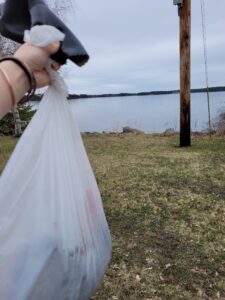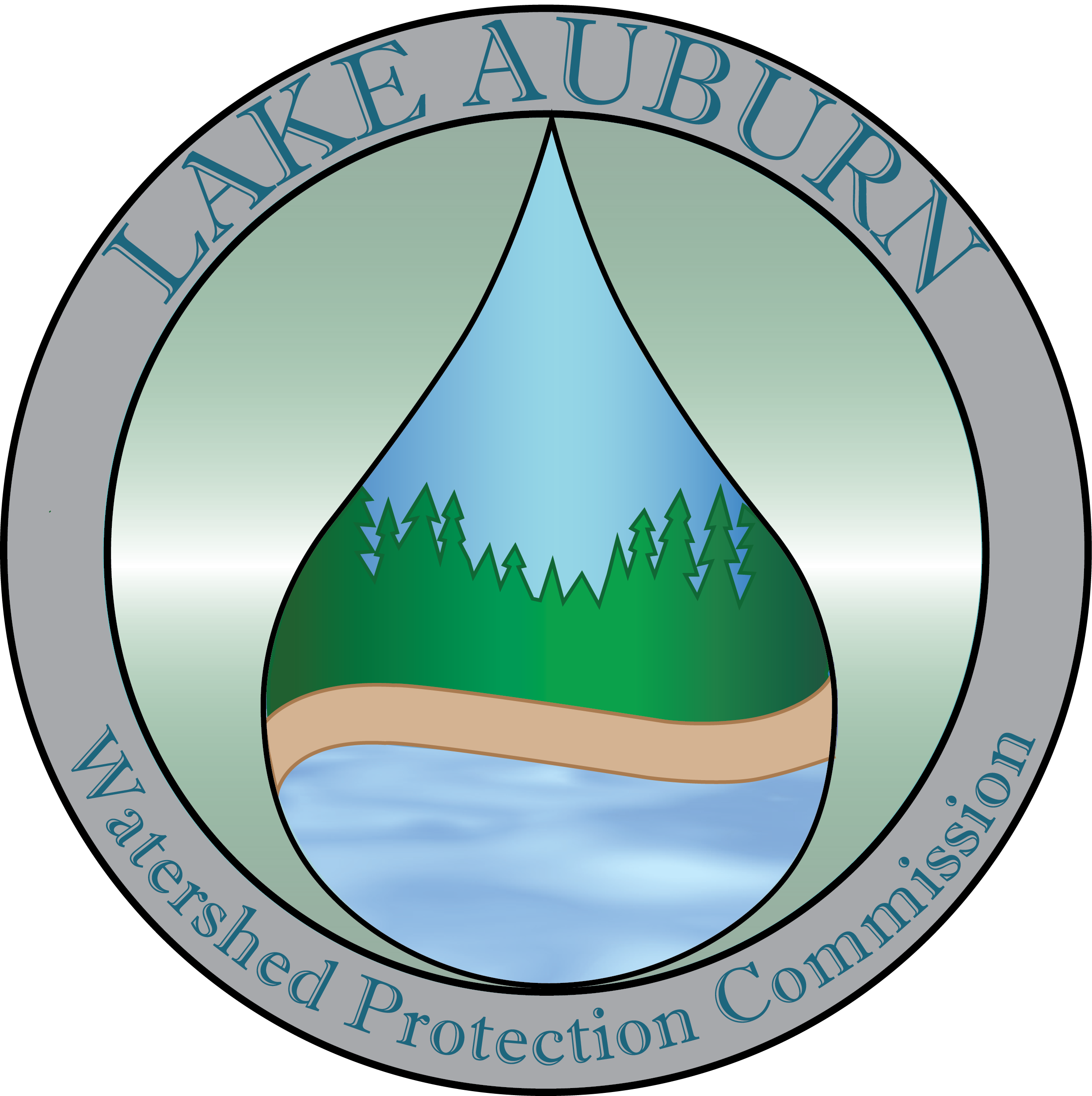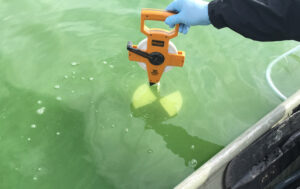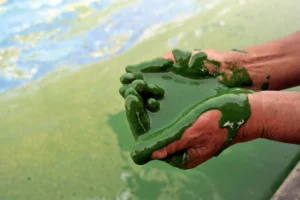 Pollution is the introduction of harmful materials to the environment (National Geographic). Pollution can be easy to see like trash on the side of the road or a large oil spill on water, but pollution can also be hard to see like excess nutrients in water or pet waste that has washed through the watershed.
Pollution is the introduction of harmful materials to the environment (National Geographic). Pollution can be easy to see like trash on the side of the road or a large oil spill on water, but pollution can also be hard to see like excess nutrients in water or pet waste that has washed through the watershed.
Most of Lake Auburn’s pollution is from non-point source pollution which is a type of pollution that cannot be traced back to an original site. Opposed to point source pollution which comes from a single place.
Point-source pollution examples:
– A factory that has a pipe dumping chemicals into a lake (pollution: chemicals, source location: factory)
– Dog waste at a park (pollution: dog waste, source location: park)
Non-point source pollution examples:
– Fertilizer in a lake (pollution: fertilizer, source location: unknown)
– Dog waste in a lake (pollution: dog waste, source location: unknown)
While we can test for fertilizer and dog waste in the lake and we know it is present, we cannot always find out where the original pollution source was from.
Non-point source pollution ends up in Lake Auburn when surface runoff and erosion occurs after a storm. Pollutants throughout the watershed are then washed into Lake Auburn without being detected by eye (which is why we have an extensive monitoring program!).

The most threatening pollutant to Lake Auburn is phosphorus. Phosphorus occurs naturally in soil, plants, fungi, rocks, animal waste, and human waste, but it also is added into the environment in unnatural ways like fertilizers, large amounts of erosion, leaky septic systems, and more. Phosphorus is a limiting factor for algae, meaning that when algae receives phosphorus they can grow an enormous amount, very rapidly. When algae is overgrown on a lake, this is called an algae bloom.
Algae blooms significantly decrease water quality. They can turn the water blue-green, reduce clarity, increase turbidity, cause the water to smell, deplete dissolved oxygen, and can produce harmful toxins. If an algae bloom occurs in Lake Auburn, it is most likely that the water quality will not meet the standards to maintain a filtration waiver. Algae blooms are very difficult and costly to remediate. Ensuring that excess phosphorus and pollution are not entering Lake Auburn is the easiest and most effective way of protecting the water quality.
Some common pollutants in the watershed are fertilizer, pesticide, animal manure from farms, pet waste, septic system leaks, trash, chemicals from house projects, invasive species, and excess soil. Most of these contain phosphorus in them. When these pollutants enter the lake, not only do they automatically change the water quality, but they are also increasing the phosphorus content and the probability of an algae bloom to occur.


